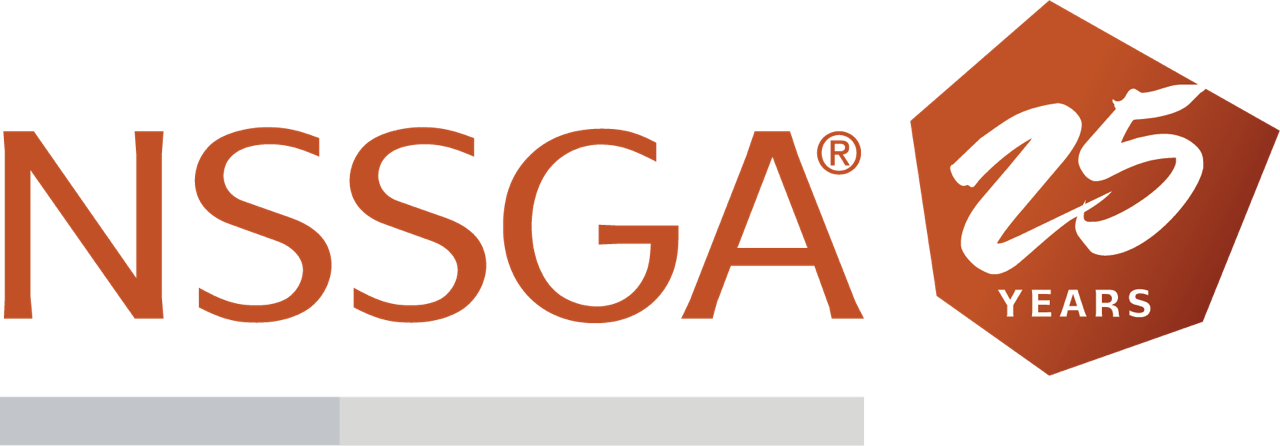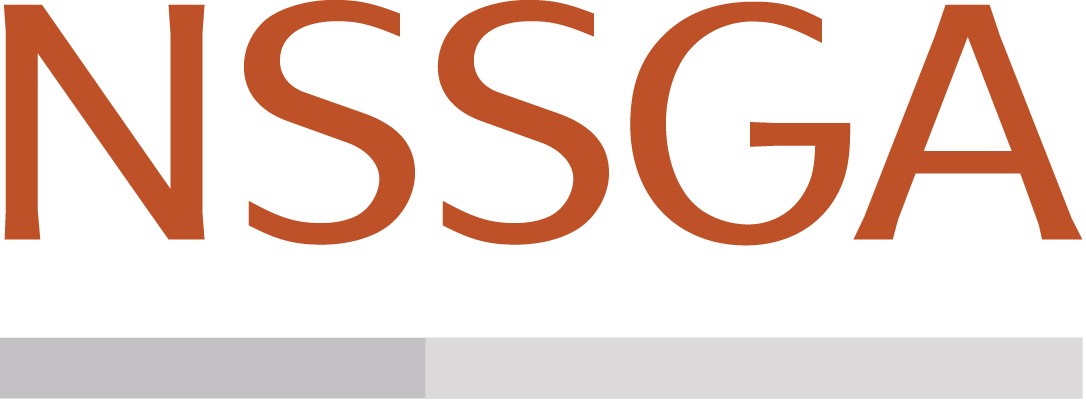MSHA’s New Powered Haulage Rule Hits July 17—Are You Ready?
By Libby Pritchard, NSSGA
In Fall of 2021, MSHA proposed a new rule: Safety Program for Surface Mobile Equipment, with the goal of decreasing incidents after a rash of fatalities associated with mobile equipment in the years preceding. But in an industry as diverse as mining, where every facility does things their own unique way to fit their operation, any approach to mobile equipment safety could not be one-size-fits-all.
MSHA proposed operators create and implement a written safety program for surface mobile equipment—not including conveyors—tailored to fit their facility.
In late December 2023, just over two years after the release of the proposed rule, MSHA issued their final rule, which closely resembled the 2021 version. While the new rule technically went into effect in mid-January 2024, enforcement will not begin until July 17, 2024. Is your operation in compliance?
Be sure to read the new rule (found at MSHA.gov) and reach out to NSSGA with questions, but here are five things to know about the rule:
1. Operators must create and implement a written powered haulage safety program that addresses:
- Hazard identification and analysis. Operators must also take actions to reduce risks, e.g., increasing signage, conducting a visibility study or limiting foot traffic in high-risk areas.
- Maintenance procedures and schedules for routine and non-routine maintenance. MSHA has clarified that existing maintenance and repair procedures meet this requirement and new procedures will not have to be developed unless an operator does not currently have these in place.
- Assessment of existing or emerging safety technologies. MSHA will not require operators to adopt new technologies, but there must be procedures in place to evaluate them. Furthermore, MSHA will offer educational assistance in a variety of ways that can help meet this requirement.
- Training. Operators must include how they will train miners and others necessary to perform work at the mine to recognize and avoid mobile equipment hazards at a level appropriate to their involvement at the mine. For example, a customer truck driver can be made aware of hazards via a map directing them away from certain areas, whereas a miner will require more extensive training.
2. The rule applies to mobile equipment at surface mines and surface areas of underground mines and does not include conveyors. MSHA defines mobile equipment as wheeled, skid-mounted, track-mounted or rail mounted equipment capable of moving or being moved and any powered equipment that transports people, equipment or materials. Therefore, make sure all your front-end loaders, skid steers, excavators and haul trucks, etc. are included in your plan. MSHA has also clarified that similar equipment of varying brands (e.g., if you have two similar haul trucks on site made by two different manufacturers) do not need to be individually addressed in your program. Finally—if you lease and operate equipment onsite, that must be included in your plan.
3. The rule applies to all facilities regardless of how many miners are employed. This is one of the most significant changes from the proposed rule, which would have had the rule only apply to sites with six or more miners. So, no matter your size—be sure you have a written program ready to go when an inspector shows up at your site after July 17.
4. At least one responsible person must be designated who will evaluate and update (if necessary) the program at least annually, or as mine conditions or practices change that will affect powered haulage safety. The program should also be reevaluated as accidents or injuries occur and when surface mobile equipment changes or modifications are made.
5. Miners and their representatives must be included when developing and updating the program. While it is best practice to involve workers who are boots on the ground and involved in safety programs day-to-day, MSHA’s final rule makes it an explicit requirement that was not included in the proposed rule.
One final helpful tip: MSHA has not always been clear in the past when hard-copy documents are required and when electronic versions are acceptable. Don’t worry about printing out your program. MSHA has clarified that so long as you can provide miners and inspectors with an electronic or a hard copy upon request, you’re in the clear.
With only a few months left until enforcement hits the streets, if your facility has not started working on a powered haulage safety program, do not delay. And if you need help, don’t hesitate to reach out.
Originally published in March/April 2024 Stone, Sand & Gravel.

